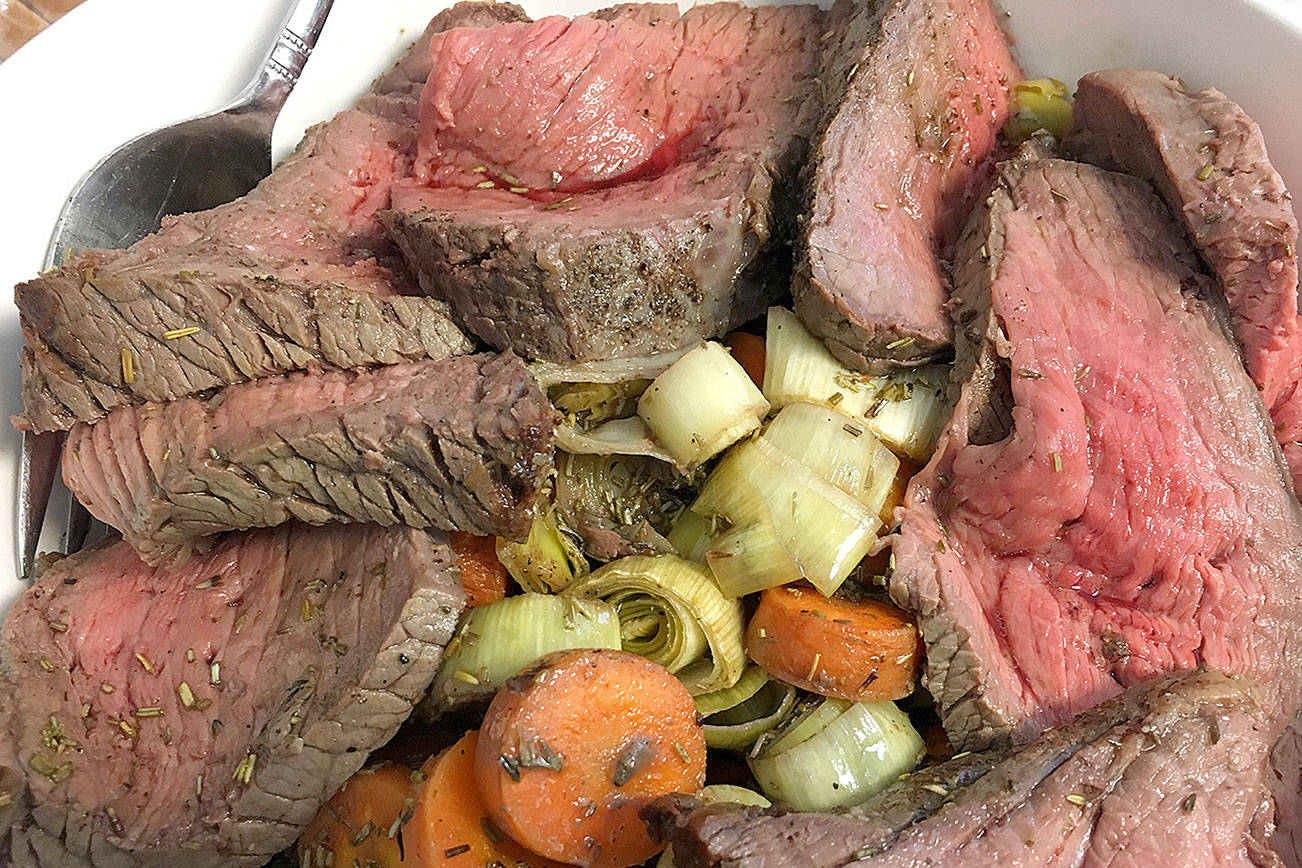Ever have people over and forget to cork that half bottle of red wine before bed? Ah, nothing like the smell of spoiled wine in the morning. Or maybe you just didn’t expect that cabernet you bought to be so oaky. Just because you’re not going to drink an open bottle of wine doesn’t mean you can’t use it. Before you dump that sad little bottle of red down the drain, give it a new purpose—a new life as vin cotto.
Expose wine to air, and you eventually get vinegar. Bacteria that produce the acetic acid that gives vinegar its sourness inhabit the air we breathe. Since the types of bacteria vary wildly, however, that doesn’t mean the end product will always be good, and making high-quality red wine vinegar is a controlled process that could bore even a dedicated food wonk. However, vin cotto isn’t the same as vinegar. Meaning “cooked wine,” it is simply boiled-down wine or grape juice. Many varieties lack vinegar’s tartness, but in cooked dishes vin cotto can add its own rich, braised-for-hours saucy flavor. Plus it’s cool to make your own condiments.
You can make vin cotto two ways, with endless variations. The first method is to boil down unfermented grape juice, which is the procedure used to make any of the bottled varieties of vin cotto you find in the store. However, supermarket varieties of table grapes don’t have anywhere near the acidity that wine grapes do, so unless you’ve got some stray merlot vines in your backyard, you’ll want to follow method two: Take leftover wine and reduce it by 75 percent, then add honey to taste. That’s it. If you start with a half bottle of wine, you’ll end up with a little less than half a cup of vin cotto; I usually wait until after a party to make mine so I can marry the dregs of several bottles. For every two cups of wine, I add two tablespoons of honey. Bring the wine to a boil in a very heavy, nonreactive saucepan, then cut the heat to medium-low and let it reduce down. You can also add cracked pepper, orange zest, or even raisins to flavor the vin cotto.
The flavor of the finished sauce won’t make you squint like vinegar does, and it will have more body and flavor than your average red wine vinegar. Vin cotto has tons of applications as a condiment, depending on how you flavor, concentrate, and sweeten it—it can do anything balsamic or red wine vinegar can do. Use it to make salad dressings that are milder and more flavorful than those with vinegar. Drizzle vin cotto over roasted pork, chicken, or grilled vegetables. It’s great added to sautéed onions at the last second. You can also reduce vin cotto down even more to make a thick syrup. Italians drizzle syrup like this on ice cream, custards, cookies, and fresh strawberries. Homemade vin cotto will keep in the fridge for about a month.
Sure, imported bottles of balsamic vinegar and vin cotto look oh-so-pretty on your kitchen counter. But have you seen the prices of balsamic vinegar lately? A high-quality aged balsamic is arguably worth every penny, since its complex flavors take years to develop, but you don’t need it to make a great dressing or sass up your roast. And how often do you get to turn nothing into something?





